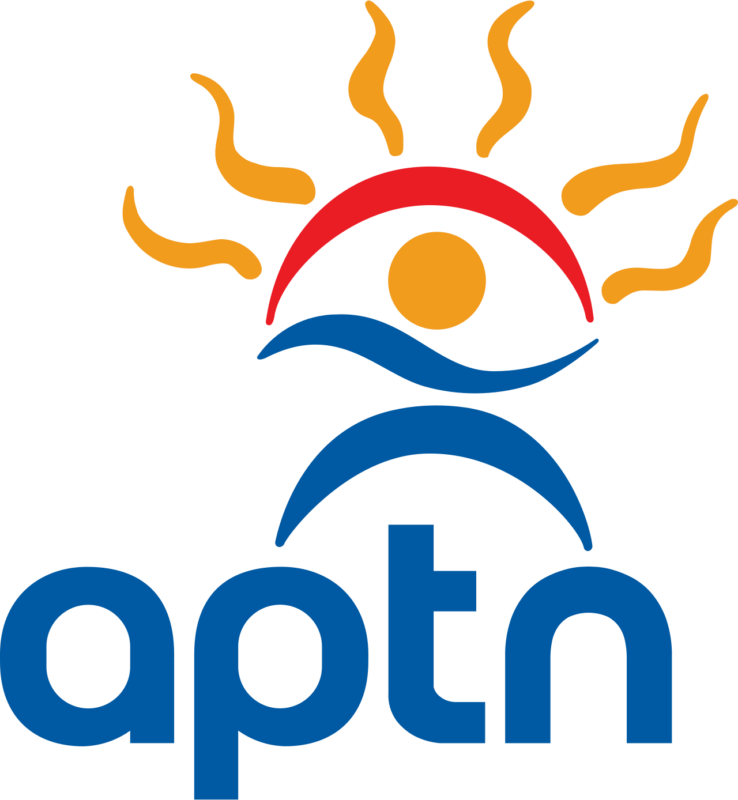Our Method
Learn more about the Climate Disaster Project’s method for honouring the human dignity of the survivors we work with.

Our trauma-informed process gives climate disaster survivors the control they can often lose during news media interviews.
Seeking consent
We ask the survivor permission to work with them, providing a sign-up sheet describing how we’ll co-create a Testimony about their experiences. The survivor can leave the project and ask for that story to be destroyed any time before it is shared.
Co-creating the interview
Our co-creation process starts with a pre-interview where the survivor reviews the questions we’d like to ask them. The survivor can add, remove, and change any of those questions. We then ask them during an interview that takes place in a safe space.
Reviewing with care
From that interview, we produce a transcript and a shorter “as-told-to” article that only uses the survivor’s own words. The survivor reviews the article and transcript before they are shared, removing information that’s uncomfortable and correcting incorrect information.
Do You Have a Story?
We’ll talk to you about how climate change has affected you and what you think can be done about it.
Two Methods of Storytelling
We work with survivors to gather Testimonies about their experiences. We then closely listen to what they’ve said and launch Investigations based on the problems and solutions survivors share with us.
Eyewitness accounts
Testimonies
The Testimonies we share are “as-told-to” articles adapted from the interviews we conduct with survivors. These articles only use the survivor’s own words, aside from a brief biography at the top.
In-depth reporting
Investigations
The Investigations we launch are based on what survivors have told us about the problems they’ve experienced and what they think can be done about them.
Paul Voll interviews Royal BC Museum curator Gavin Hanke about his experiences during the 2021 Western North America heat wave. (CDP/Phil McLachlan)
News Media Partnerships
Our news media partners help us share Testimonies and Investigations.
Arts & Culture Partnerships
Our arts and culture partners adapt our Testimonies for creative spaces and diverse audiences.






















